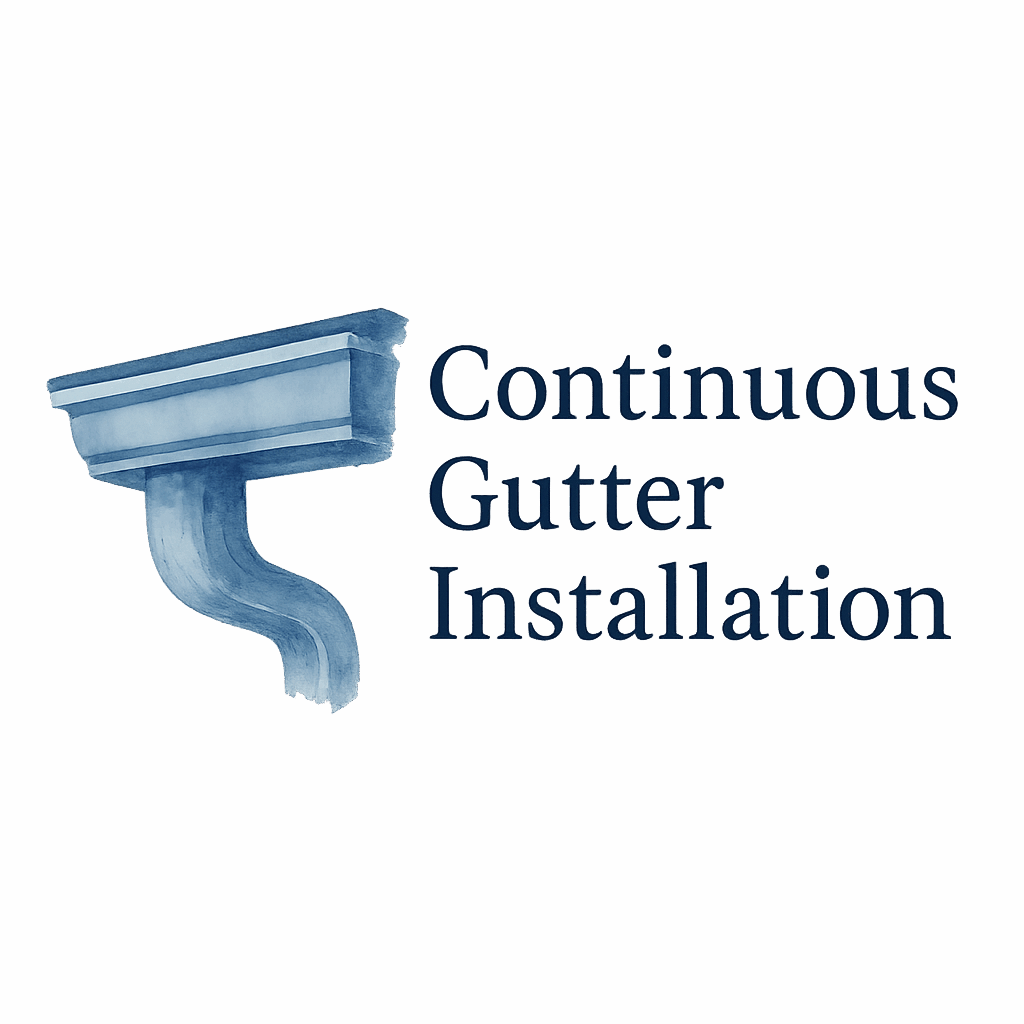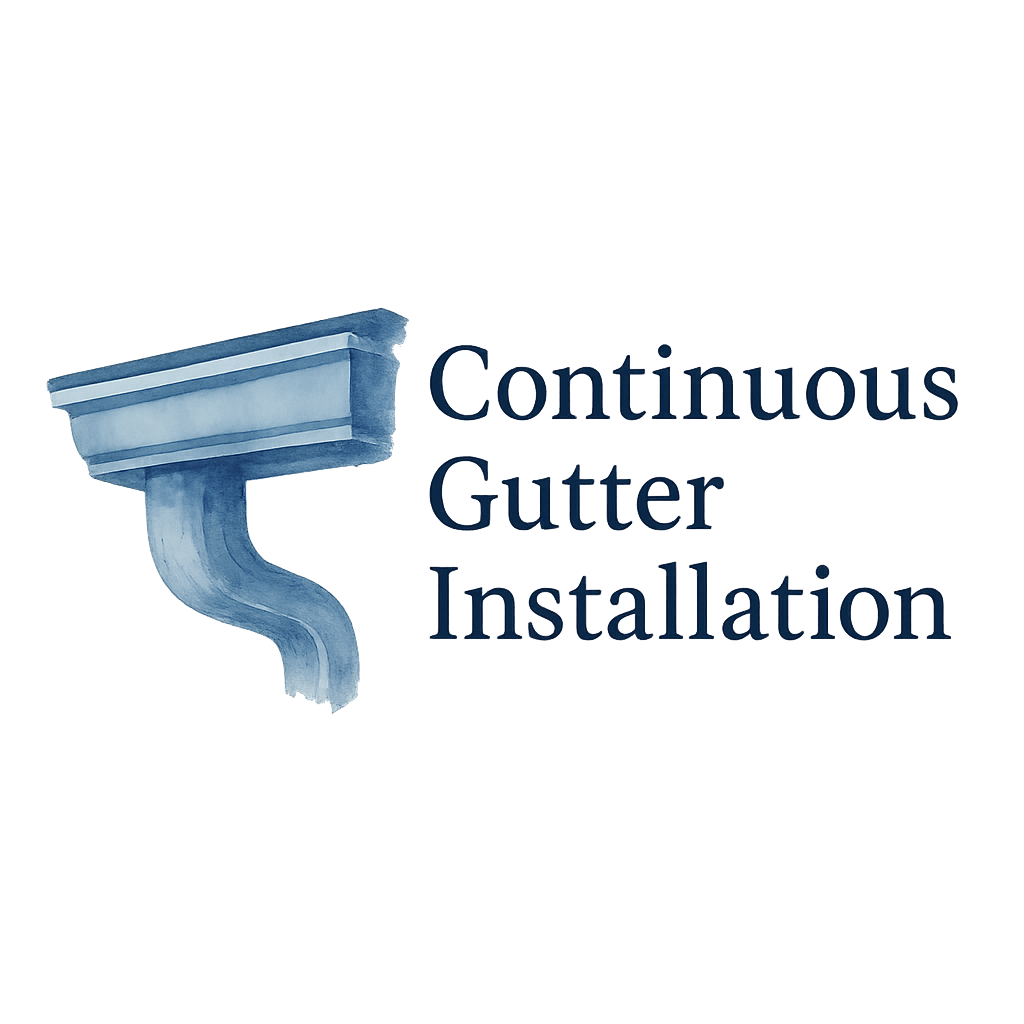Introduction: Why Continuous Gutter Installation Matters
So, you’ve decided to take the plunge and handle your own continuous gutter installation? I get it—saving money, flexing those DIY muscles, and the satisfaction of seeing your hard work pay off sounds tempting. But here’s the catch: gutters aren’t just another weekend project. Installed wrong, they can wreak havoc on your home’s foundation, siding, and landscaping.
Continuous gutters, also known as seamless gutters, are fantastic for long-term home protection—but only if you avoid common pitfalls. Let’s walk through the 12 biggest mistakes DIYers make during continuous gutter installation and, more importantly, how you can avoid them.
For more basics, check out this handy guide on gutter installation essentials.
Mistake #1: Ignoring Proper Planning
Skipping Measurements
One of the most common mistakes? Winging it. DIYers often think “close enough” will cut it with gutter measurements. But gutters that are too short leave gaps, while oversized ones create ugly overlaps. Both cause leaks and drainage nightmares.
Before even touching a ladder, measure your roofline twice—then measure again. Remember, continuous gutters are custom-cut on-site, which means accuracy is everything.
Overlooking Drainage Needs
It’s not just about length; it’s also about slope and where the water goes. If you don’t map out downspout placement, you’ll end up with water pooling around your home instead of being safely directed away. Poor drainage is a fast track to basement leaks and foundation damage.
Mistake #2: Choosing the Wrong Gutter Material
Cheap vs. Cost-Effective Options
Sure, it’s tempting to buy the cheapest gutter material available. But “cheap” doesn’t always mean cost-effective (see more about budgeting here). Vinyl gutters may be inexpensive, but they crack easily in cold weather. Aluminum is durable and lightweight, while steel and copper provide strength and style at a higher price point.
Think long-term. Spending a little more upfront often saves you from gutter replacement down the road (affordable gutter tips).
Matching Gutter Styles with Home Exterior
DIYers often forget that gutters affect curb appeal. A mismatched style or color can clash badly with your home exterior. Take time to explore different gutter types and styles before making a purchase.
Mistake #3: Incorrect Slope and Alignment
Why Pitch Matters in Water Flow
A gutter that looks perfectly level is often a bad sign. Gutters need a slight slope—about a quarter inch for every 10 feet—to guide water toward downspouts. Skip this step, and your gutters will act like a kiddie pool every time it rains.
Common DIY Leveling Errors
Some DIYers use the naked eye instead of a level tool. Others set too steep of a slope, making gutters look awkward and inefficient. Remember: subtle but precise adjustments matter most.
Mistake #4: Using Too Few or Improper Hangers
Sagging Gutter Problems
Think of hangers as your gutters’ backbone. Skimp on them, and you’ll have sagging gutters that pull away from your home during heavy rain.
Safe Spacing Recommendations
Experts suggest placing hangers every 2–3 feet. Any wider, and you’re asking for trouble. For detailed advice, check out these maintenance tips.

Mistake #5: Poor Gutter Sealing and Joints
Leaks at Connection Points
DIYers often overlook sealing joints properly. A single weak point can lead to significant leaks. Seamless gutters reduce this problem, but downspout joints still need careful sealing.
Importance of Seamless Systems
Continuous gutters exist to minimize leaks by eliminating seams along the run. If you’re tackling this DIY project, consider why professionals often recommend seamless options from the start.
Mistake #6: Overlooking Gutter Protection Systems
Debris Build-up Issues
Without gutter protection systems, leaves, twigs, and dirt clog your gutters fast. Blocked gutters equal water overflow and potential gutter damage.
Benefits of Gutter Screens
Adding gutter screens or guards helps with debris control and reduces how often you’ll need to perform gutter cleaning. Trust me—your weekends will thank you.
Mistake #7: Failing to Account for Weather Conditions
Seasonal Care Considerations
Climate plays a big role in gutter performance. Cold climates require materials that handle expansion and contraction. Hotter climates need UV-resistant materials.
Check out seasonal advice here: seasonal gutter care.
Expansion and Contraction Challenges
DIYers often don’t allow for the subtle shifts that happen as temperatures change. Skipping this detail can cause premature cracks and leaks.
Mistake #8: Improper Downspout Placement
Water Pooling Risks
Poorly placed downspouts leave you with mini lakes around your foundation. Over time, this weakens your structure and may cause costly repairs.
Directing Water Away from Foundation
Downspouts should extend at least 6 feet away from your home. Adding splash blocks or underground drains can help keep your property safe.
Mistake #9: Using Inadequate Fasteners
Gutter Damage Over Time
Not all screws and fasteners are equal. Using indoor screws, for example, invites rust and gutter damage within a year or two.
Safe and Secure Fastening
Always use corrosion-resistant fasteners specifically designed for outdoor use. It’s a small detail that pays off big time.
Mistake #10: Skipping Regular Maintenance After Installation
Gutter Cleaning Oversights
DIYers sometimes assume once the gutters are up, the job is done. Wrong. Gutters need regular cleaning at least twice a year to stay effective. (Learn more here).
Spotting Gutter Warning Signs
Watch for early gutter warning signs—like peeling paint, mildew near the foundation, or sagging sections. These are red flags telling you your gutters need attention.
Mistake #11: Not Considering Safety Measures
Ladder Safety
DIY gutter projects often end with accidents because people underestimate ladder safety. Always use a sturdy ladder, have someone spot you, and avoid working on wet or windy days.
Protective Gear and Best Practices
Gloves, goggles, and slip-resistant shoes aren’t optional. They’re part of a safe, smart DIY approach. See more tips about gutter safety.
Mistake #12: Ignoring Professional Advice
When DIY Crosses the Line
Sometimes, no matter how confident you feel, DIY just isn’t enough. Tricky rooflines, multi-story homes, or unusual designs often require professional expertise.
The Value of Expert Installation
A pro can ensure gutters are properly sized, pitched, and secured. Plus, they’ll spot potential issues you might miss. Read more about the benefits of professional gutter installation.
How to Avoid These DIY Gutter Mistakes
Using Proper Tools
Quality tools—levels, sealants, corrosion-resistant fasteners—are your best friends. Don’t cut corners here.
Budgeting for Long-Term Value
It’s not just about cheap gutters. It’s about smart, cost-effective choices that keep your home safe for years. Explore guides on budget gutters and cost-effective installations.
Conclusion
Installing your own continuous gutters can be rewarding, but it’s easy to fall into traps that compromise your home’s safety and curb appeal. From poor planning and wrong materials to unsafe practices and skipped maintenance, these mistakes are avoidable if you know what to look for.
If you’re unsure, don’t hesitate to consult a professional. After all, gutters aren’t just about keeping rain off your roof—they’re about protecting your entire home.
FAQs
1. What’s the most common DIY gutter installation mistake?
Skipping proper slope alignment. Without the right pitch, water won’t drain correctly.
2. Can I install seamless gutters without professional equipment?
Not really. Continuous gutters are custom-cut on-site, which usually requires specialized tools.
3. How far should downspouts extend from my house?
At least 6 feet away to prevent foundation damage.
4. Are gutter guards really worth the money?
Yes! They save time on cleaning and extend your gutter lifespan.
5. How often should I clean my gutters after installation?
At least twice a year—spring and fall are best.
6. What materials are best for continuous gutters?
Aluminum is the most popular balance of durability, affordability, and low maintenance.
7. When should I hire a professional instead of DIY?
For multi-story homes, complex rooflines, or if you lack proper safety equipment, professional help is the way to go.


